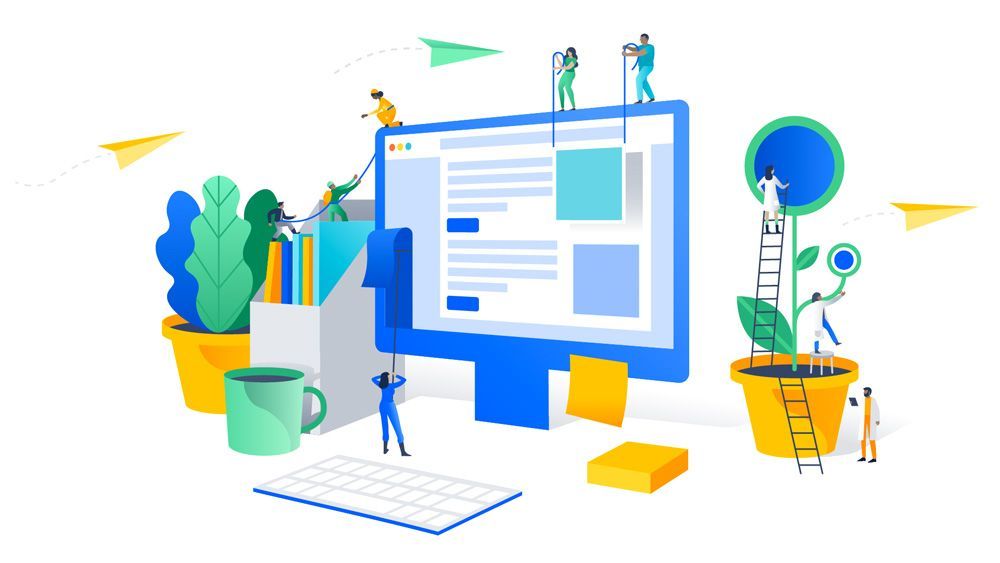
ERP mandatory for core operations
Enterprise Resource Planning is a procedure by which companies (Large Cap, Mid Cap, or Small Cap) manage and coordinate the mandatory business processes with the help of technology. An ERP software system enables core processes to function in a digitize and connected environment. This essentially creates an integrated working system. The functional areas that ERPs cover are as follows:
- Manufacturing – Production processes, Planning, Workforce Management, and Execution.
- Order Processing Management: Shipping, Inventory, Sales Commission, etc.
- Human Resource Management: Recruitment, Training, Payroll, etc.
- Financial Management: Fixed assets, Bill payment, Payables, etc.
- Supply Chain Management: Supplier Scheduling, Warehousing, etc.
The key advantages of ERP are Line Function Automation, Data Integrity, and Financial Controls.
No doubt, about 53% of the businesses look up to ERPs as their priority investment. Despite being a multibillion-dollar industry, ERPs still could not solve some major Procurement-related pains! Henceforth, a stand-alone solution like “Procurement Automation” needs to be introduced along with ERPs to smoothen the workflow.
Why Procurement Automation?
With about 89% of Businesses already adopting a digitized strategy2 for their ventures, Procurement Automation still needs to be put into the limelight. It not only ensures faster delivery of services but also lets them (managers, employees, and suppliers) devote more time to crucial business decisions and strategies. Now the question is, why ERPs are not self-sufficient when it comes to Procurement-related issues?
The Gaps and why ERPs can’t fit?
Transactional system to Specialized System
ERPs are architected to function as a transactional system. It works perfectly fine when departments want to operationalize the core functions by following a set workflow. However, some of the functions like procurement do not function on a set pattern, it is not a daily occurrence, the factors which influence are dynamic, situational, and conditional. Source to Pay automation function would need specialized systems which can handle exceptions seamlessly.
ERP Built for Data Only
Source to Pay is not only data-intensive but document and communication-intensive. For example, supplier communication can be as simple as an email to as evolved as a portal or WhatsApp – and in real-time and OnDemand. The complexity is very high since the information process involves documents like contracts, invoices, shipments, and quality or completion certificates. This means you need a system that can handle documents and data at the same time have a strong communication framework. source to pay vs procure to pay their is a lot of difference between these two entity you must know it.
Supplier Adoption & Stakeholder Complexity (Internal Stakeholders Only Vs Collaboration with External Stakeholders)
You can choose any ERP and as the employee to learn and operate this on a day to day basis. Can you ask your supplier to do so? Using an ERP is not simple, a supplier needs to cater to several buyers, hence providing a simple user-friendly interface and in some cases, no interface is critical for user adoption. This can be done only with a specialized solution, not ERP.
Reconciliation, Analytics, Reporting & Insights
Although some ERPs claim to perform reconciliation and analytics, most providers require bolt-on and external software systems. The ability to use machine learning and derive insights is limited in these systems. ERPs integral design is rigid – change management & customization not only is painful but also fails to meet expectations.
Make it Work to Made to Work! (Design, Architecture and Implementation Approach)
ERP implementation is long and stressful, the fundamental is that the employee needs to change the way they work and thus the learning curve is huge. While this approach is understandable for core functions and this is driven internally, it fails for procurement function who needs to operate with external parties. The solution design and implementation call for flexibility, choices, interoperability, and compatibility.
Tools like Elevate Pay can bridge this gap by offering seamless payment solutions that integrate effortlessly with ERP systems, ensuring smoother workflows and enhanced efficiency for procurement teams.
Another major one apart from these five is The Cost Impact. It is well known that ERPs are an expensive affair. Though Procurement Professionals try their best to extract the same efficiency from ERPs as they should get from a Procurement Solution Provider, they usually fail in this endeavor. This ultimately accounts for a big-time loss – both in terms of time and resources!
Also Read:-
More Useful Links:-
Procurement Management Software | Accounts Payable Automation | Shared Service Company






